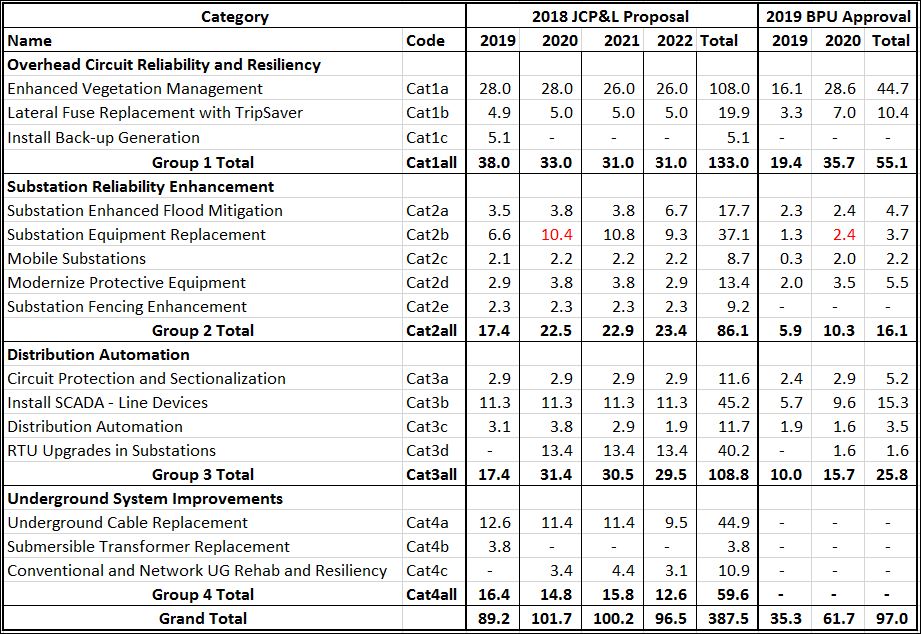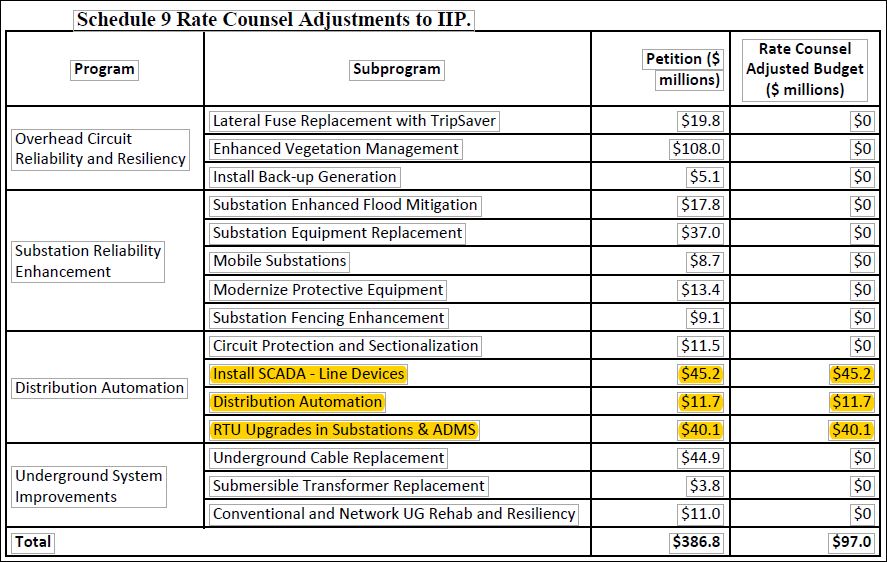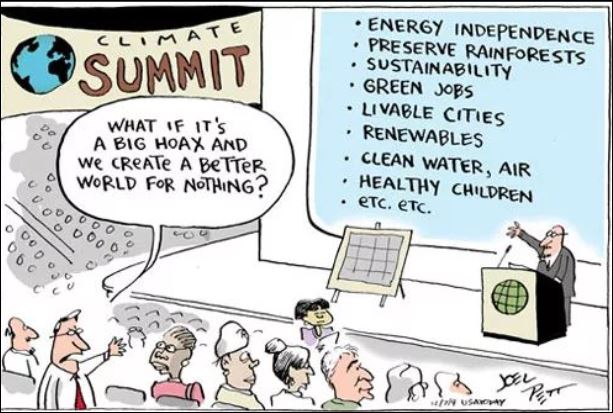Letter below is to Jessica Green, Associate Professor of Political Science at the University of Toronto. She wrote an article in September 2019 titled “It’s Time to Abandon Carbon Pricing.” The article suggests that she knew nothing about CCL’s proposal for a system of Carbon Fee and Dividend (CFD) and HR 763, that will implement CFD and is now in the House with 81 co-sponsors. My letter describes these and presents arguments for them.
Bill Allen 06-28-20
Dear Prof. Green:
This letter is prompted by your article “It’s Time to Abandon Carbon Pricing” in Jacobin on September 24, 2019. It was cited in a VOX article “At last, a climate policy platform that can unite the left” by David Roberts on May 27. I am writing you for three reasons.
[1] I started studying global warming in the early 90s and have argued for carbon pricing since that time: first for a carbon tax, and then for a system of carbon fee and dividend (CFD) after reading James Hansen’s Storms of My Grandchildren in 2010. I do not understand groups, who claim they want to slow global warming, but who won’t support CFD. Your excellent article explains a lot.
[2] I am a member of the Citizens’ Climate Lobby (CCL). We advocate for CFD and are behind a bill in the House of Representatives that will implement what we propose. I suspect that you and others that oppose carbon pricing are not familiar with this proposal. I describe it below. It can resolve all but one of the objections to carbon pricing that you identified in your article.
[3] I spent four undergraduate years at the university where you earned your doctorate a few decades later. I like to follow the activities of our influential graduates, particularly those whose interests intersect with mine.
CFD / Energy Innovation and Carbon Dividend Act (EICDA) / HR 763
I joined CCL in 2013 and have worked to persuade our members of Congress to enact legislation to implement CFD, and to encourage members of the public to do the same.
A bill was introduced in the House in November 2018. Its title was Energy Innovation and Carbon Dividend Act (EICDA), It was reintroduced in January 2019 with the same title. It is now HR 763 and has 81 co-sponsors. It reflects what CCL has proposed for over a decade.
You correctly observed that carbon prices in past proposals have been too low. HR 763 will raise them much higher. The carbon fee will start low at $15 per metric ton of CO2 in Year 1. It will then rise by $10 per ton each year until US CO2 emissions will have declined by 90% by about 2050. Fee will be $105 per ton in Year 10 and $255 per ton in Year 25.
You wrote that carbon pricing has “stoked class divisions, reinforcing the myth that climate policy necessarily penalizes the poor and working class.” I didn’t know this. But I am not surprised, if people don’t know that carbon fee revenue can be distributed in a way that prevents most people of low income from being adversely affected by CFD.
The CFD proposal in HR 763 is to divide total net fee revenue (total gross revenue less administrative costs) into equal shares and return it to households as dividends: one full dividend share for every adult and one half share for every child. Projections are that households in the three lowest quintiles for income will receive dividends in Year 1, that will more than cover the increased prices they will pay.
Understanding this should alleviate most of the concern that carbon pricing will penalize the poor.
We believe that the steadily rising dividends will build a strong constituency for CFD. Households, that plan ahead and act wisely to reduce their carbon footprints, will stay ahead of rising prices.
We also believe that inventors and members of the business community will see the aggressive and long-term fee schedule, be persuaded that this is a serious program, and be energized to provide goods and services that will help all of us reduce our carbon footprints. Examples run from better home insulation and more efficient appliances; to smaller, safer, and lower cost nuclear power plants; and to other things we haven’t yet dreamed of.
In my vision, but not in the bill, is a vigorous program of outreach to households and business community to tell them about CFD and the challenges and opportunities it presents. CCL volunteers can begin this work and professional energy advisors can follow. With this program we will drive more rapidly down the greenhouse gas emission curve.
The Waxman-Markey cap-and-trade bill of 2009 would have produced a regulatory nightmare, and I was happy it didn’t go anywhere in the Senate. You are correct to point out that cap-and-trade is “riddled with problems.” Let’s spend no more time on it.
You wrote about fossil fuel subsidizes, a subject on which I have been largely ignorant. I read the IMF working paper that you cited. It and what you wrote are very helpful.
Zombie Policy and CFD / HR 763
Under heading “Zombie Policy” you gave three reasons for continued support for carbon pricing.
“First, it’s a simple policy.” The CFD program in HR 763 is simple. It should be relatively easy to implement and administer. It will not be a “silver bullet” or a cure all. More on this below.
“Second, mainstream economists tend to dominate climate policy discussions.” I know that most economists support a carbon fee. I don’t agree that they dominate the discussion. We accept their fundamental holding that a rising price for something tends to reduce its use, just as we accept the findings of climate scientists. Our discussions are dominated by politics: how to persuade members of Congress to support legislation for CFD, and how to persuade members of the public to press their representatives to do this.
“Finally, carbon pricing is consistent with ‘liberal environmentalism’ …” As you define the term, I believe you are correct. And I will add that this is a major argument FOR a system of CFD and HR 763. I have been a Democrat all my adult life, worked 43 years in large private manufacturing organizations, and served four terms on the governing body of my central NJ, suburban town. I neither dislike government nor am afraid of it. I do believe, however, that for pragmatic reasons we should use free markets where they work. Paraphrasing Lincoln: Government should do only what the public is unable or unwilling to do.
Build for the Long Term
You write that “lack of stability further undermines the efficacy of carbon pricing, since changing policies cannot establish a consistent market signal.” I agree. We need to lay out a long-term program. HR 763 stipulates that the program will run until CO2 emissions decline by 90% in about 2050.
Work to slow global warming and deal with its consequences will increasingly occupy our lives and those of our children. We must do everything possible to build broad public support for this work for the long term.
The Affordable Care Act was implemented with support of no Republicans, and they have attacked it for ten years. We must learn from this history and not repeat it.
CCL is officially nonpartisan. I suspect that most members are Democrats, but we don’t talk party politics in our regular meetings, and we lobby members of Congress of both parties. Broad public support means bi-partisan support. We are more likely to enjoy this over the long term, if we cultivate it now.
Because HR 763 will use the free market, and will not significantly increase the heavy hand of government, we believe it will garner significant Republican support. Evidence from private talks with Republican members of Congress supports this belief.
You state that most people are more concerned about immediate impacts than future climate benefits, and you cite concerns for higher energy costs and impacts on workers in affected jobs. You are right. These are valid concerns. I addressed the issue of energy costs above.
Other Arguments for CFD / HR 763 / EICDA 3.0
HR 763 will be replaced by another bill in the next Congress. I call this EICDA 3.0. With favorable election results, this can probably be passed in 2021 and implementation can begin in 2022. A top-down regulatory program will take much longer.
Dividends and the outreach outlined above will draw nearly all economic actors into the CFD program. When they understand the program’s objectives and see that it works well, they will likely support additional necessary and complementary strategies. Examples follow:
[1] The proposed schedule of carbon fees will not be high enough to significantly incentivize people to buy more fuel efficient cars. CAFÉ standards will still be necessary.
[2] We will probably need more federal funds for basic research in fields related to global warming and energy.
[3] All agree that we need to upgrade and integrate better our national electric power grid. There are several reasons. Most relevant here is the need to move power from places that can produce excess power to places that need power. Example: West Texas is a great potential source of wind power, that is needed east of the Mississippi. We will need new lines, and approvals from a Balkanized collection of power companies and state utility commissions. This will require federal funding, effective politics, and time.
Wrapup
Progress towards smaller carbon footprints–via conservation and transition to non-fossil energy–will adversely affect many workers, not just obvious ones like coal miners in WV. This will be true both with top-down regulatory strategies and with carbon pricing.
We need to expand and strengthen safety nets for everyone in our society. The sooner we do this the better. The need to do this is not a reason to delay implementation of carbon pricing designed to slow global warming.
This letter is longer than I expected it to be when I began writing. If you read this far, thank you. I hope you will have found some reason to reconsider the position expressed in the title of your article. I will, of course, welcome any comments or questions you may have.
Bill Allen 06-28-20
To see Prof. Green’s article select URL below and Open Link:
https://jacobinmag.com/2019/09/carbon-pricing-green-new-deal-fossil-fuel-environment#:~:text=Carbon%20pricing%20programs%20like%20cap,immediate%20material%20gains%20to%20workers.&text=Our%20spring%20issue%2C%20%E2%80%9CPandemic%20Politics%2C%E2%80%9D%20is%20out%20now
To see VOX article select URL below and Open Link:
https://www.vox.com/energy-and-environment/21252892/climate-change-democrats-joe-biden-renewable-energy-unions-environmental-justice



